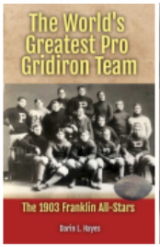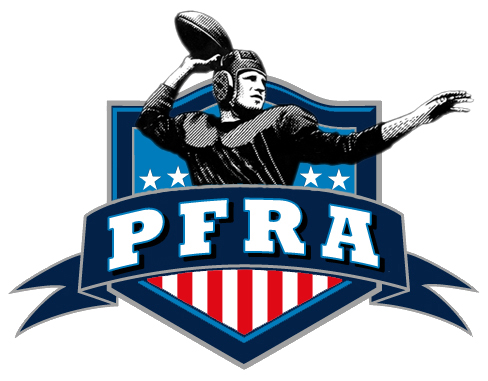How They Lined the Field in the Early Days of Football
Timothy P. Brown of FootballArchaeology.com joins us to explain the apparatus and methods used to apply white lines on football fields in the 19th-century game. — www.youtube.com
When we go to a football game or watch one on TV, there are lines on the field, and they are preset because, most of the time, the fields are artificial grass fields. Somebody has to line the field, but we have modern equipment. How did they do it in the early days of football? Well, Timothy B. Brown of football archaeology joins us to tell us how they lined the field back in the day.
Of course, this discussion all stems from Tim's original article titled: Factoid Feast VII .
The audio-only podcast of the discussion can be found at: How They Lined the Fields in Early Football.
Football archaeologist Timothy P. Brown joins the show to shed light on this forgotten aspect of the game. He's known for his captivating "factoid feasts," where he unearths little-known nuggets of football history. Today's feast features a particularly intriguing tidbit: how they lined the field back in the day.
The Solution: A Goofy-Looking Tool
Prepare to be amazed! Timothy reveals that they used a wheelbarrow-like contraption to mark the field. This contraption had a large barrel filled with lime or chalk solution and a spigot at the bottom. The solution dripped onto a grooved wheel, leaving a line on the ground as it was pushed across the field.
Imagine the Challenge!
Darin paints a vivid picture of the difficulty involved. Pushing a heavy wheelbarrow in a straight line is hard enough, let alone controlling the flow of the solution and ensuring precise markings. Images in the show notes (check them out!) provide a delightful visual of this quirky tool.
A Look at Football Archaeology
Timothy's website, footballarchaeology.com, is a treasure trove for anyone interested in the forgotten stories of the game.
He encourages listeners to subscribe for email updates on his latest articles.










